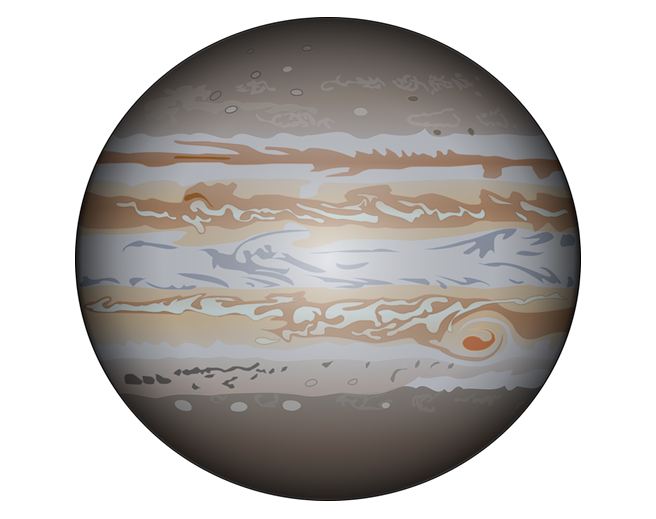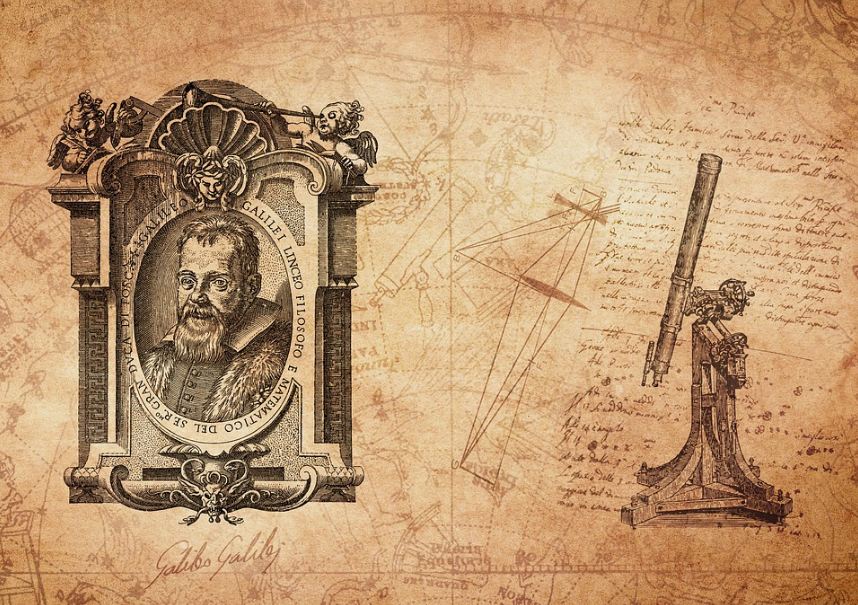We know quite a lot about “Mother Earth” but quite little when it comes to other planets. When it comes to space studies, planets are perhaps the most interesting thing to start with as they have been well studied and easier for beginners to understand without having any technical knowledge.
But there are many mysterious facts about some of these planets such as Jupiter, which is the fifth planet from the sun.
About Jupiter
Jupiter is the largest planet in the solar system. It is about 907 million kilometers from Earth when at its farthest. However, there are certain times when Jupiter is incredibly closer to Earth at about 588 million kilometers at which it is visible by the naked eye and a better version from a telescope. From what we know, the planet has a surface area of 61.42 billion kilometers squares. Unfortunately, neither have the scientists fully explored Jupiter as of now, neither will they ever be able to do that due to the surprising properties of this plant.
Facts About Jupiter
Gas Giant
You can walk on earth because there is hard land beneath you under which lies the core of the earth. However, going to Jupiter is like walking on a cloud (not possible). Why? Because Jupiter is a planet that has been made with Hydrogen and Helium making it physically impossible to stand or walk on it. This is also one of the major reasons why Jupiter is visible even from earth because it shines a lot with its gaseous properties.
How Big is it?
Jupiter alone is 2.5 times bigger than all of the planets in our solar system. In one study, it has been evaluated that Jupiter has a mass of 318 times as much as Earth. But don’t worry! Jupiter cannot get any bigger because it would make it denser making it start pulling on itself. The planet Jupiter has a radius of 69,911 kilometers which is 11 times wider than Earth. To make things easier to understand, if the earth is just a nickel, Jupiter is a basketball!
Fastest Spinning Planet
9.5 hours is all it takes this planet to complete one full rotation. The rotational velocity is about 12.6 kilometers per second. This is about 45,000 kilometers per hour. Due to such a high speed of rotation, the planet has a shape of oblate spheroid which means that there is a bulge around the equator of Jupiter.
In addition to that, the fastest spinning has also led to extraordinary radiations being created on the planet. There are also powerful magnetic fields which are surrounding Jupiter.
More than 100 Moons
Imagine looking up at the sky and not being able to count how many moons you can see. That’s pretty much the case with Jupiter as this giant has 100 known moons while many others are currently unknown. You would be surprised to know that even the moons at Jupiter are one of the biggest objects in our solar system.
The four biggest moons around Jupiter include The Galilean moons which were spotted in the 1600s by an Italian astronomer named Galileo Galilei. The Ganymede moon of Jupiter is the largest one we know in our solar system, even bigger than Earth’s moon.
First Visit to Jupiter
The first-ever visit to Jupiter was by the spacecraft named Pioneer 10 in the year 1973. Despite an early launch, the mission was considered a great success because it helped in identifying the key features of Jupiter. It was identified that the magnetic tail around Jupiter was 800 kilometers long which covered the distance to Saturn. Moreover, signs of Plasma matter were also seen by Pioneer 10.
Pioneer and Voyager missions continued in the 1970s and were later continued in the late 1980s. Just so you know, today it could take us about 6 years to travel to Jupiter while previously the spacecraft were not that efficient. Reaching Jupiter could take a significantly higher time. The latest space expedition to know more about Jupiter has been in 2016 where Juno has entered the orbit around the planet.
Jupiter’s Great Red Spot
One of the most interesting facts about Jupiter is that there is a place where it is suspected that a storm has been existing for over 350 years. It is located south of the equator of the planet and is more than 24000 kilometers in diameter. Being this big, this anticyclonic storm could easily contain about 3 Earths.
Constant research is being done on the giant red spot while many astronomers have reached the conclusion that this constant storm is only occurring because of the rapid rotation of the planet along with strong magnetic fields. The Giant Red Spot was observed in the year 1979 by Voyager 1 when the spacecraft was flying around the planet.
Most importantly, this storm is reducing in its size over the years but is still one of the weirdest aspects of Jupiter.
Jupiter’s Rings
We do know that Saturn is known for the rings around it but what many don’t know is that Jupiter also has 3 to 4 of its own set of rings. These rings are not as clear as Saturn which is why they required a longer time to be considered and studied. The three rings include the halo ring, the bright main ring, and the gossamer ring on the outer side.
The main ring of Jupiter is about 30 kilometers thick and has a circumference of 6400 kilometers. These rings have been made out of small dust particles and some particles of the hydrogen and helium mix as well.
These rings also have ripples in them, but this only points out the fact that comets and asteroids were passing their way which caused such a major disruption. A weird fact about the rings of Jupiter is that they are constantly changing into newer forms whereas sometimes they grow in size while other times they shrink away.
Jupiter Cannot Become a Star
Sorry, Jupiter! You have failed the description of being a star. Although being made out of hydrogen and helium just like a star, Jupiter does not have enough mass at the core which could create a fusion reaction. Stars, on the other hand, have a fusion reaction on their core which helps in generating energy and releasing light and heat in this process.
It may look odd that even the largest planet on earth with the fastest spinning and maximum hydrogen and helium is not being able to have a fusion reaction on the core due to “shortage of mass”. Experts believe that if Jupiter grew by 70 times as much as it is currently in its mass, it would be able to become a star. But that is just not possible unless a couple of Jupiter’s come and collide with each other.
Life on Jupiter
One of the most intriguing questions that researchers and space enthusiasts are seeing is whether or not there is any life on Jupiter. As of 2021, there have been no traces found out for any kind of life on Jupiter neither can humans survive on this planet. Jupiter has an atmosphere that grows warmer with depth.
Moreover, there is no rocky core that humans or animals can stand or walk at which means that at Jupiter, all you can do is hover at the planet. No traces of any oxygen nearby, we expect that Jupiter will never have any hopes of life.
Conclusion
After reading this article, you may have come across certain astonishing facts that you may have not known in the past. What’s more interesting is that every coming day, we hear some more news about the grand planet in our solar system which is more intriguing than what we currently know.
If you are interested in exploring more about space from earth, you would require a reflector telescope. Follow this page where we have reviewed the best ones – Top 10 Reflector Telescopes for Astronomy.
If you are curious about whether the alien planets exist or not, you would find quite useful information at The Existence of Alien Planets.




